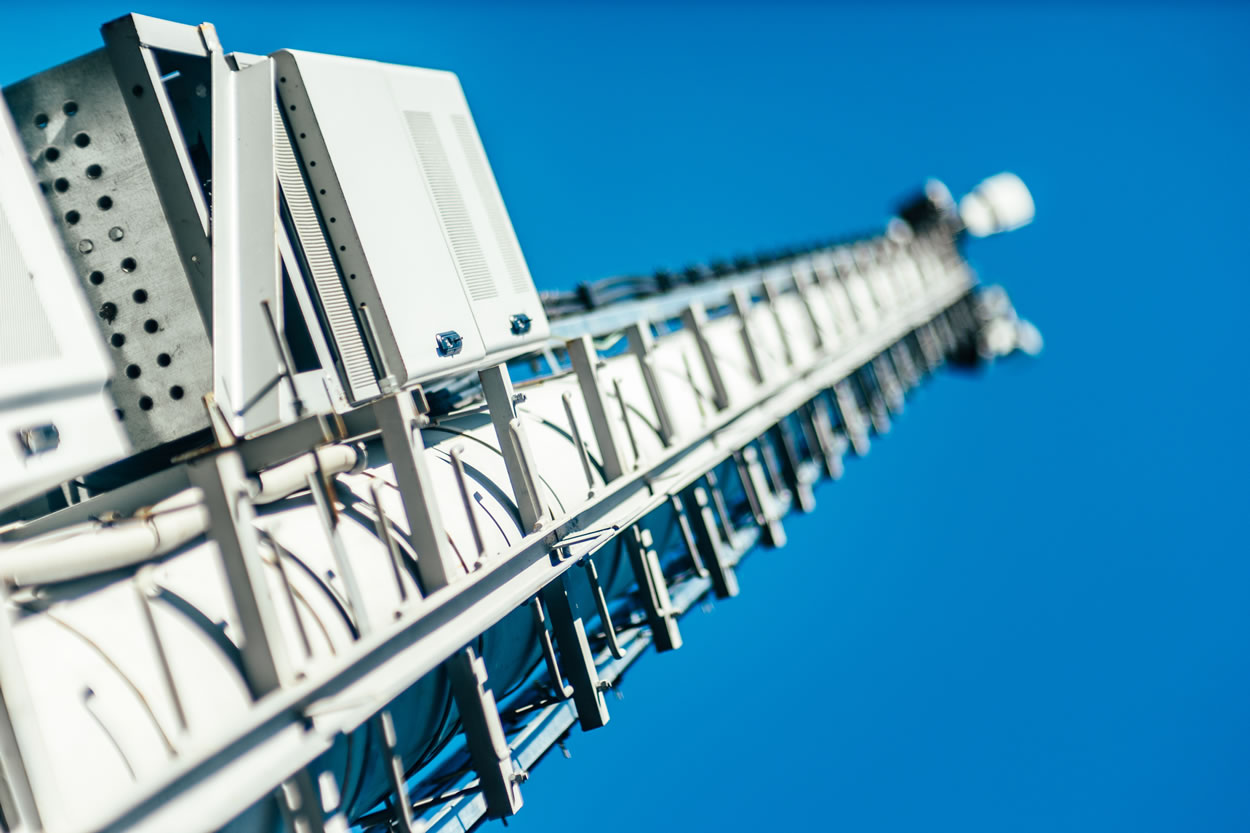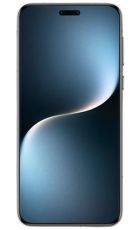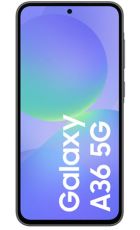
It's no overstatement to say that the introduction and subsequent rise of 3G technology has all but revolutionised the way in which the public access and use the internet. By essentially allowing anyone with a smartphone to surf the web at any time and any place, 3G fundamentally changed how people interact with each other by giving constant access to social media, shopping sites, Google search and much more.
The term "3G" derives its name from the fact that it is the third generation of widely available mobile phone connectivity. The first of these generations (1G, if you like) dates back to the eighties and that era's brick-like slabs that utilised an analogue signal.
The second generation came a decade later and replaced that analogue signal with a digital one, heralding in the popularisation of SMS Text Messaging and more reliable voice calls. However, neither of these first two incarnations could cope with the rapidly increasing user demand as phone handsets and contract sales skyrocketed and mobile phone ownership became commonplace. The second generation technology didn't offer enough coverage in enough locations and there was also a growing demand from consumers to incorporate internet access into mobile technology and offer e-mail and web browsing features. This was something 2G simply wasn't built to handle.
After a brief foray into 2.5G (also known as EDGE), the new millennium saw the advent of 3G, a service capable of carrying significantly larger quantities of data, enough to facilitate both smooth internet use and improved telephone coverage. The research and development of the 3G service was spearheaded by the International Telecommunications Union who were also responsible for devising a series of standards that the service would have to meet in order to be considered "3G".
The world's first commercially available 3G service was launched by Japan's NTT DoCoMo in 2001 with countries in the West and Europe following suit over the following two years. In 2003, 3G became commercially available to the UK public from provider Three (then known as Hutchinson 3G) and since then has become a standard feature on virtually all smart phones, available through every major mobile company and becoming widely known as "mobile broadband". According to ITU estimates, countries such as the United States and Japan report that 80% of their smartphone users subscribe to a 3G service, with a worldwide rate of 30% also included in their findings.
Although the adoption of 3G in Western countries was relatively free of major issues, its take-up hasn't been entirely smooth in other areas of the world; the primary issue being the costs involved in upgrading equipment and existing technologies in order to facilitate the 3G service. Essentially, upgrading telephone towers and transmission hardware in order to host the UMTS system required for 3G proved very costly and the addition of spectrum license fees in some areas only increased the expenses.

3G theoretically provides a download speed of 7.2 megabits per second and although in reality, users are only afforded under half that rate, the introduction of such mobile internet speeds allowed customers access to music, images, full web pages and e-mail accounts all via a mobile phone for the first time. In order for a service to be categoried as 3G however, a rate of 0.2 megabits per second must be achieved during peak hours.
3G services work by passing signals from one telephone tower to another on to the next, with phones provided access via whichever tower is nearest to the user at any one time. In order to do this, a radio system is used, with UMTS (Universal Mobile Telecommunications Service) and GSM (Global Systems for Mobile) being arguably the most common. The vast majority of smart phones are built with the capability to receive these signals however the amount of data has the potential to be limited in accordance with the customer's contract or pay as you go plan. Many phone companies offer options that allow for unlimited data usage, meaning 3G can be enabled constantly and without restriction, allowing apps to automatically connect to the internet and update in real time. Should they want to however, customers can turn off 3G in the phone's settings. This is especially advised when low on battery, travelling abroad or on a plan with a set data usage limit.
Of course the byproduct of the data transfer technique used by 3G is the necessity for a large amount of telephone towers spread throughout the country in order to ensure smooth and uninterrupted coverage.
In addition to the increase in internet speeds, 3G also offers considerably greater online security than its 2G predecessor. This is because the service allows handsets to authenticate the network it is connecting to, restricting the possibility of attaching to an impostor network and subsequently risking the loss or corruption of important and sensitive data.
More recently, companies providing 3G have offered customers the chance to utilise the 3G service on other hardware such as laptops and tablets via a device called a Dongle. These Flash Drive-sized items offer 3G connectivity by plugging into a USB port and can be purchased on a contract or pay as you go basis, as is the case with a phone.
Despite the massive leap forward 3G provides for mobile technology and widespread internet access, it is not without drawbacks. Because of the method of delivering data from towers to handsets, users can suffer a dip in signal reception during transit, when the phone switches from one 'closest tower' to another. Download speeds can also be affected by the user's location, for example being inside certain buildings can hinder signal strength, likewise being situated far from a tower. As such, coverage across developed areas such as the United Kingdom and Europe is good but imperfect and reception in rural areas in particular can be patchy and unreliable.
Perhaps the most widely reported flaw of 3G from consumers however is the drain placed on the battery of the phone handset, with use of the service greatly affecting the speed a battery will deplete. This is, however, as much as an issue with the handsets as it is with the 3G service.
As is the case with most areas of technology in 2016, the concepts and science behind mobile internet access continues to advance at a rapid rate with improvements both in the 3G service itself and in the processing capabilities of handsets, allowing for an altogether smoother 3G experience. Consequently, several "super 3G" services have been rolled out such as HSPA (High Speed Packet Access) and Three's Ultrafast which offers approximately double the download speed provided by regular 3G.
The true successor to 3G however is the aptly named 4G: a faster and more reliable service than its predecessor. Despite its debut in 2012, 4G still hasn't completely replaced its third generation counterpart due to less extensive coverage and a lack of support from older handsets. However 4G is steadily becoming more widely utilised and due to its ability to offer internet speeds five times faster than that of 3G, will no doubt eventually become the most popular mobile internet access service. Such speeds will provide a better platform for High Definition video downloading and streaming with services such as Netflix and Amazon Prime becoming ever more popular and the increasing demand for these applications to run seamlessly on mobile devices.





